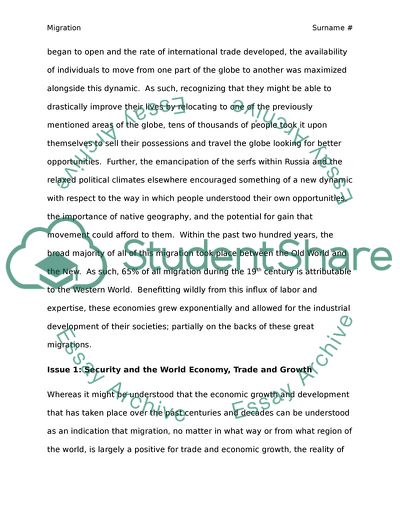Cite this document
(Security and the world economy; Trade and growth Term Paper, n.d.)
Security and the world economy; Trade and growth Term Paper. https://studentshare.org/macro-microeconomics/1826844-security-and-the-world-economy-trade-and-growth
Security and the world economy; Trade and growth Term Paper. https://studentshare.org/macro-microeconomics/1826844-security-and-the-world-economy-trade-and-growth
(Security and the World Economy; Trade and Growth Term Paper)
Security and the World Economy; Trade and Growth Term Paper. https://studentshare.org/macro-microeconomics/1826844-security-and-the-world-economy-trade-and-growth.
Security and the World Economy; Trade and Growth Term Paper. https://studentshare.org/macro-microeconomics/1826844-security-and-the-world-economy-trade-and-growth.
“Security and the World Economy; Trade and Growth Term Paper”. https://studentshare.org/macro-microeconomics/1826844-security-and-the-world-economy-trade-and-growth.


